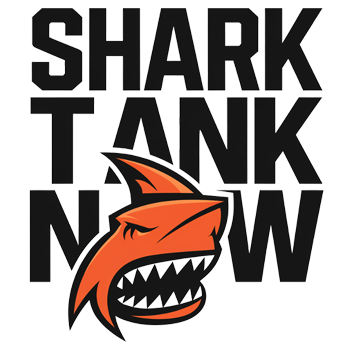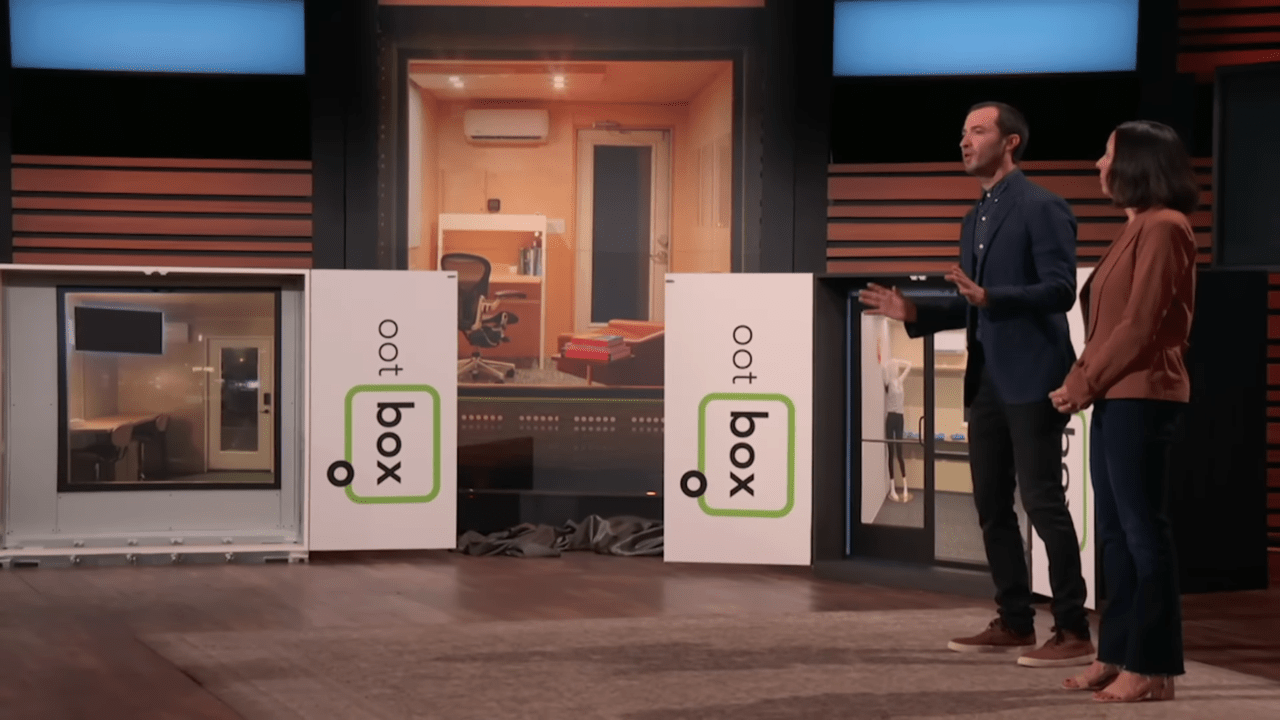As a fan of Shark Tank, I’ve always been fascinated by the compelling stories behind the products that make their way onto the show. One such story that caught my attention is the journey of BZBox, a product that promised to revolutionize the way we pack and move. While the product’s trajectory wasn’t as straightforward as some other Shark Tank success stories, its lessons are invaluable for entrepreneurs and aspiring business owners.
In this article, I’ll take you through the journey of BZBox, from its inception to its post-Shark Tank developments, providing a detailed look at what worked, what didn’t, and where things stand now.
The Birth of BZBox
BZBox, an innovative storage solution designed to simplify the often stressful process of moving, was created by Kaeya Majmundar, a college sophomore at the time. The problem Kaeya sought to solve was one that nearly everyone can relate to—packing and moving. Traditional cardboard boxes are often flimsy, difficult to store, and prone to breaking, which creates a hassle when it comes time to move. Kaeya realized that a collapsible, durable, and easy-to-assemble alternative could make the process easier, and so, BZBox was born.
Kaeya’s background is one of determination and a deep sense of entrepreneurship. She was no stranger to the challenges of moving, and her own frustrations with the process led her to develop BZBox. This innovative storage box was designed to be durable, easy to fold down, and versatile enough to hold just about anything you could throw into it. Whether for moving, storing items, or just general organization, BZBox promised to solve a problem that many people experience—clutter and chaos during a move.
In Season 5, Episode 29 of Shark Tank (which aired in 2014), Kaeya pitched her idea to the sharks. She sought $50,000 for a 20% equity stake in her company. This was her chance to take BZBox to the next level, and she was ready to convince the sharks of its potential.
The Shark Tank Pitch
The pitch itself was straightforward yet compelling. Kaeya demonstrated how the BZBox worked—showing how it could be quickly assembled and collapsed. The box wasn’t just practical, it was also sturdy enough to hold heavy items, something that was sure to appeal to anyone who had ever dealt with the frustration of flimsy cardboard boxes.
As Kaeya presented, she emphasized the pain point that BZBox addressed. Moving can be a logistical nightmare, and the idea of using reusable, collapsible, and durable boxes sounded like a dream come true for anyone who had ever been through the hassle of relocating. The sharks, however, had their concerns, and they weren’t shy about expressing them.
Despite the promising product, the sharks grilled Kaeya on some important issues, such as the production costs, the price point of the product, and how she planned to get it into stores. Some sharks worried that the market for this kind of product might be too niche, and others questioned whether BZBox could compete with cheaper, less durable alternatives.
Despite these concerns, Kaeya didn’t back down. She was passionate about her product and responded to the sharks’ objections with confidence. She made a strong case for BZBox’s potential and pointed out how easy it would be to manufacture and distribute it. Her ability to stay calm and assertive in the face of tough questions was a testament to her entrepreneurial spirit.
Memorable Moments from the Episode
One of the most memorable moments of the episode came when Kaeya was pitching to Lori Greiner, the queen of QVC and a seasoned investor known for her expertise in consumer products. After listening to Kaeya’s pitch, Lori seemed intrigued but cautious, acknowledging that she wasn’t fully convinced about the market for BZBox.
But then came a turning point. Kaeya’s persistence and passion seemed to strike a chord with Lori. Lori, who often doesn’t mince words, offered $50,000 for a 40% equity stake—a deal that was contingent upon the development of a plastic version of the box. This was a significant pivot from the original offer, as Lori saw the potential in the product but wanted some changes made to the design.
For many Shark Tank viewers, it was fascinating to watch Kaeya process Lori’s offer. She was clearly torn between accepting the deal and negotiating further. In the end, however, they agreed to terms, and it looked like BZBox had secured a major partnership that could take the product to the next level.
Investment Details: The Deal (Or Lack Thereof)
When the dust settled, it seemed like everything was in place for BZBox to succeed. However, in the world of Shark Tank, the deals that are made on air don’t always come to fruition after the cameras stop rolling. In this case, while Lori’s offer was a great opportunity, the deal ultimately fell through after the show aired.
The reason? Kaeya was unable to fulfill the conditions Lori had set for the deal. Specifically, the plastic version of the BZBox that Lori had requested was not developed in time, and Lori pulled out. This was a hard lesson for Kaeya, but it didn’t mark the end of the road for her or for BZBox. She continued to pursue her entrepreneurial dreams, albeit without the shark investment.
The Aftermath: Post-Shark Tank Journey
Despite the setback, Kaeya’s appearance on Shark Tank gave her a major boost in terms of exposure. The episode aired in 2014, and within 48 hours of the show airing, BZBox sold thousands of units. The initial surge in sales was promising, but the business faced several challenges that would prove difficult to overcome.
After the show, Kaeya continued to run the business under the umbrella of her company, Kaeyos, Inc.. However, things started to slow down. Despite the initial sales spike, the demand for BZBox never reached the level needed to sustain the business in the long term. Kaeya also faced challenges with production costs, marketing, and supply chain issues. These challenges, combined with the inability to finalize the deal with Lori Greiner, led to the eventual closure of Kaeyos, Inc. by 2017.
Despite the failure of BZBox, Kaeya didn’t give up on her entrepreneurial ambitions. She pivoted and launched ZipTank, another product, through a successful Kickstarter campaign. ZipTank, however, did not experience the same level of success as BZBox, and by 2017, Kaeyos, Inc. ceased operations altogether.
Current Status: Where Are They Now?
As of 2025, BZBox is no longer available in the market. The company has officially shut down, and the product has been discontinued. However, Kaeya’s entrepreneurial spirit is still very much alive. She has since gone on to found SwayPay, a platform focused on viral marketing and influencer partnerships. Through SwayPay, Kaeya has continued to innovate, leveraging her experience in the startup world to build a new business.
For aspiring entrepreneurs, the BZBox story offers important lessons in resilience and adaptability. Even though the product didn’t make it, Kaeya’s ability to pivot and find new opportunities shows that failure doesn’t have to be the end of the road.
Key Insights and Takeaways
The Power of Passion and Persistence
One of the key takeaways from the BZBox story is the importance of passion and persistence. Despite facing tough questions from the sharks, Kaeya never wavered in her belief in her product. Her confidence and persistence ultimately secured the deal, even though it didn’t work out in the long run.
The Importance of Market Research and Adaptation
Kaeya’s story also highlights the importance of market research and the ability to adapt. While BZBox had a unique concept, the market for moving and packing products proved to be challenging. In hindsight, a deeper understanding of production costs, market demand, and distribution channels might have helped Kaeya avoid some of the setbacks that led to the company’s closure.
The Role of a Strong Support Network
Finally, Kaeya’s ability to pivot and find new opportunities through SwayPay shows the importance of a strong support network and the ability to learn from mistakes. Entrepreneurship is rarely a straight path, and success often comes from learning how to turn setbacks into opportunities.
BZBox Journey: A Comprehensive Table
| Category | Details |
|---|---|
| Product Name | BZBox |
| Founders | Kaeya Majmundar |
| Season & Episode | Season 5, Episode 29 |
| Ask (Investment & Equity) | $50,000 for 20% equity |
| Final Deal | $50,000 for 40% equity (contingent) |
| Shark(s) Involved | Lori Greiner |
| Memorable Episode Moments | Kaeya’s passionate plea to Lori after Kevin withdrew his offer |
| Current Net Worth | $0 (business closed) |
| Current Business Status | Dissolved |
| Revenue Since Shark Tank | Not publicly disclosed |
| Social Media Presence | Inactive since business closure |
| Key Achievements | Successful Kickstarter for ZipTank; founder launched SwayPay |
Conclusion: What We Can Learn from BZBox
The BZBox story may not have the happy ending that many Shark Tank success stories do, but it’s a story worth telling. Kaeya Majmundar’s journey is a reminder that entrepreneurship is filled with challenges, and even the most innovative ideas can face obstacles. But it’s also a story about resilience, learning from failure, and the ability to pivot and adapt to changing circumstances.
While BZBox may no longer be around, its legacy lives on in Kaeya’s future endeavors, and her experience continues to inspire those who dream of making their mark in the world of business. Whether you’re an aspiring entrepreneur or just someone who loves a good story, Kaeya’s journey proves that success doesn’t always come in a straight line, but the lessons learned along the way are invaluable.

